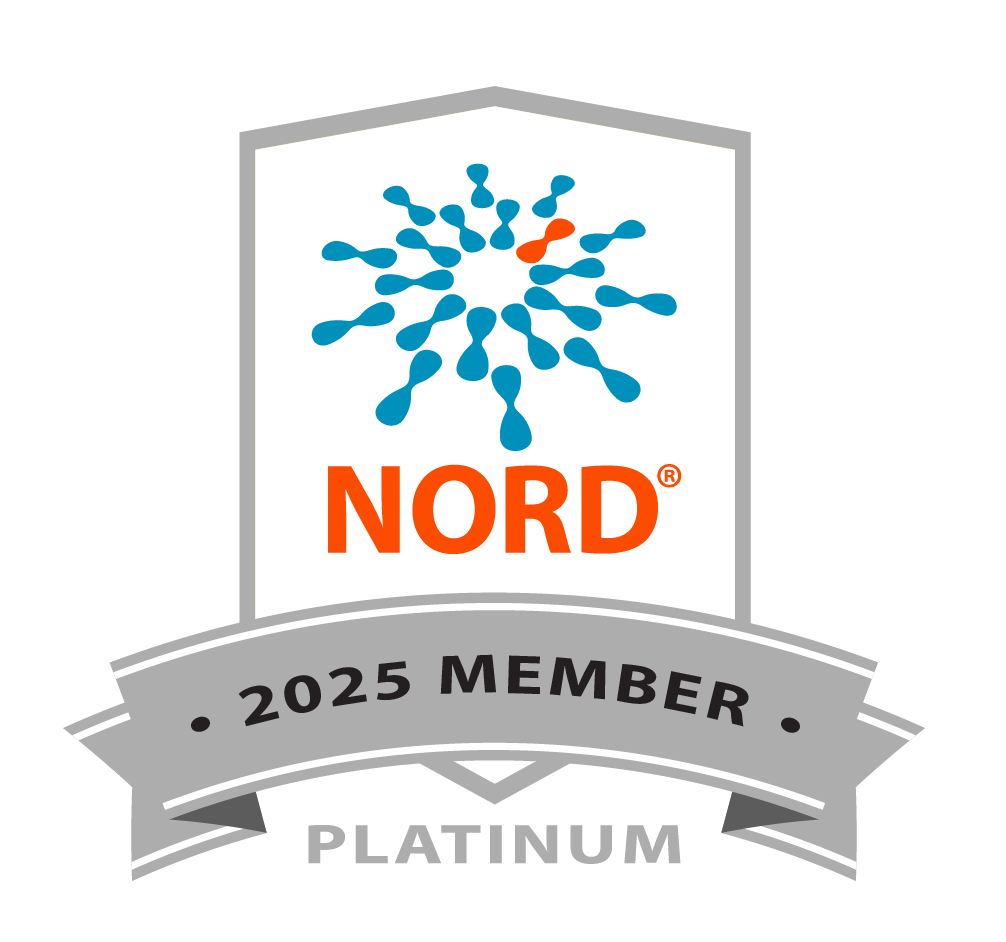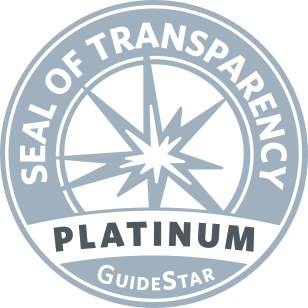Tackling the Next Gene Therapy Challenge: Autosomal Dominant Diseases
Foundation News
A discussion of strategies concerning the development of autosomal dominant disease therapies at the Translational Research Acceleration Program (TRAP) in November 2013.
At the Foundation’s meeting of Translational Research Acceleration Program (TRAP) investigators in Las Vegas earlier this week, Al Lewin, Ph.D., of the University of Florida, discussed progress in tackling the vexing problem of developing gene therapies for autosomal dominant retinal disease — specifically retinitis pigmentosa (RP) caused by mutations in the gene rhodopsin (RHO). His team’s project is funded through TRAP, which currently targets $20 million annually for advancing promising research into human studies.
The gene replacement therapies currently in human studies target several autosomal recessive retinal conditions and are by no means trivial undertakings. Using human-engineered viruses to deliver healthy DNA to replace defective, disease-causing DNA in retinal cells is a cutting-edge technique that’s still at an early stage of clinical development. However, recessive gene therapies involve a relatively straightforward, one-step approach: Replace the defective gene, which is not functioning.
Treating autosomal dominant retinal diseases is a more formidable challenge, because researchers need to deal with one gene copy expressing a toxic protein and another that’s functioning normally.
“For dominant disease, we may need to silence the expression of the mutated gene in addition to delivering a normal copy. We may need a two-step process,” says Dr. Lewin. “It’s complicated, because we have to suppress the mutated gene, in our case RHO, without having a secondary effect on other genes with the silencing agent.”
RHO is an important therapeutic target because mutations in it cause about 25 percent of autosomal dominant RP.
Dr. Lewin is investigating two gene-silencing approaches. One uses a ribozyme, an enzyme that can be engineered to act like what he calls a “molecular scissors.” It snips the deleterious RNA, the messages coming from the mutated gene. The other technique employs short-interfering RNA, also known as siRNA, which tricks a gene-silencing machine already in the cell into degrading the mutant RNA.
While the knock-down and replace strategy is a focus for his team, Dr. Lewin says that a one-step approach might still be viable in some cases. He discovered that just overriding the mutant gene with a healthy gene might sometimes do the trick.
“We found, in the course of our studies, that two steps might not be necessary for some RHO mutations. We might only need to deliver a normal copy of RHO to suppress the effect of the mutant,” he says. “It is probably a matter of shifting the balance towards having more normal RHO than abnormal to preserve photoreceptors, slow down the degeneration significantly and retain sight.”
“You can think of the two gene copies as being like radios. One plays The Beatles and the other plays static,” explains Stephen Rose, Ph.D., chief research officer of the Foundation. “If you can play The Beatles loud enough, you might be able to override the static so it isn’t noticeable. However, you can’t play The Beatles too loud or you’ll hurt your ears.”
In 2011, Dr. Lewin, along with Marina Gorbatyuk, Ph.D., and William Hauswirth, Ph.D., his collaborators at the University of Florida, were honored with the Foundation’s Board of Director’s Award for discovery of the override technique.
Genable, a gene development company in Ireland, is also taking on the challenge of developing gene therapies for autosomal dominant retinal diseases. They are targeting RHO mutations with a two-step therapy.
“We and Genable are friendly competitors,” says Dr. Lewin. “We read each other’s research papers. And I know they’ll do a good job critiquing our submissions, because they really want to know what we are doing.”
His team has thus far shown safety and efficacy for their approaches in a mouse model and is moving to studies with larger animals, including canines.
“We are focused on moving the most promising forms of treatment into a clinical trial as soon as we can,” says Dr. Lewin. “We appreciate the generous support of the Foundation for this important translational work, and we understand the urgency to get it out to the patients.”
For information on other TRAP-related projects, see this overview.




